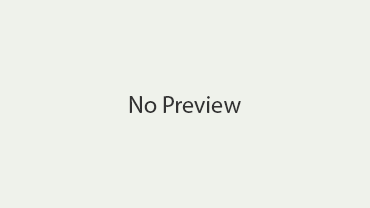Carolyn Drake’s Haunted Photographs of America’s Borderlands

The photographer Carolyn Drake set out for the U.S.-Mexico border just after Donald Trump won the Presidency. On the stump, he’d talked obsessively about building a wall—“big, fat, beautiful”—and Drake was struck, but not surprised, by its popular reception. “A lot of people in the U.S. were imagining that idea for a long time,” she told me recently. “There are people in this country who want to protect themselves from what they perceive as the dangers of Mexico and Mexicans, and I wanted to see the place that felt like it needed protection.” For two weeks, she drove from California to El Paso, taking pictures of the people, scenes, and landscapes she saw along the way. She made another trip just after the Inauguration, this time starting in El Paso and driving east, across Texas. “I felt I could see America better from a little north of the border,” she said.
Drake’s borderlands are a strange and sometimes disorienting place. In Glamis, California, she photographed a sandstorm. Suspended in midair, the copper-colored dirt and swirling dust form what looks like a natural wall, blocking us off, but it’s hazy and could just as easily be a mirage. In another image, shot as the sun sinks in the distance, tire tracks arc to the right while a ray of light cuts diagonally across them, in the opposite direction. It’s hard to know which side is Mexico, and which the United States.
Glamis, California, 2016.
Photograph by Carolyn Drake / Magnum
Where is Drake taking us? This is an American project, she told me. She’s less concerned with who’s crossing to or from Mexico than she is with who’s already on the American side, living alongside the border as though wedged between two worlds. That’s one reason why these images seem bewitched: we are in Limbo. Drake’s scenes, often shot using a digital camera with a flash propped on a monopod, are lit from the side, to contribute a vaguely haunting air. When she photographs the hulking, solid forms of checkpoints and fencing, it’s to conjure their lurking spirit. The Nogales port of entry, in Arizona, appears at night, with floodlights beaming down on both sides of the fence. No one is pictured in the scene, no crossers to experience the full force of American law and order. The effect is like that of an empty stadium, a monument to security being played out for its own sake. In the light of day, Drake trains her lens on the shadow cast by the fence, but not on the structure itself.
When you study these images closely, you begin to notice that the very idea of the border suffuses everyone and everything. A border fence, snaking along a hill in the distance, is echoed, in the foreground, by a highway’s double yellow line—the kind that drivers aren’t legally allowed to cross. Two men sit at a table nursing beers, but they, and their drinks, are separated, as though they’re on opposite sides of an invisible divide. Kids playing soccer dart across a line painted on the field; in any other setting, it would be unremarkable, but in Douglas, Arizona, where the photo was shot, it looks like they’re traversing something. The same is true for a man in another photo, who sits erect in a lawn chair with a shotgun on his lap, like a sentry keeping watch. Without the caption, we’d have no idea that he’s a dove hunter, staking out his prize. Drake, who describes photography as a hunt for images, went to the border to lie in wait herself. But she was after a symbol as much as a place, and its form kept shifting. “Our obsession with the border has a lot of fantasy involved,” she said. “You’re searching for something, but it’s not really there.”







